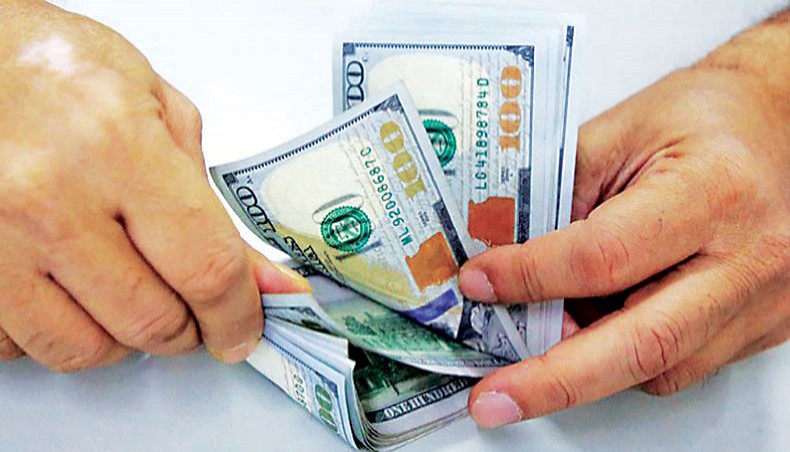What makes the US dollar vulnerable?
History shows that a significant and sharp fall in US net savings is usually associated with a fall in the dollar.

The US dollar is vulnerable
>> What are the prospects for the US assets?
Unsurprisingly, Fitch’s recent decision to downgrade the US has seen a focus on the US government’s debt outlook. But howls of “unsustainable” from some are clearly wide of the mark when it comes to the US’s fiscal position.
As US economist Krugman points out, America can’t have a solvency crisis because, unlike Greece, it prints its own money. But what he failed to mention is that the value of that money can fall.
While we believe that the US will avoid any sort of debt reckoning, and probably won’t even see a meaningful rise in treasury yields, there could be a cost in terms of the dollar. What is alarming in the Standard Bank’s view is the massive deterioration in US net saving. This puts the government’s budget position together with savings by households and the profits of firms. It sums to show the funds available for investment and, if this falls short of US needs, the US borrows its requirement from abroad. Borrowing from abroad might be pain free, as far as the currency is concerned if overseas residents have lots of excess savings and relatively low returns on their own assets.
A Fed study at the end of last year showed that the US dollar strength from around 2011 happened in part because global savings rose, partly because the US lifted rates while others did not, and partly because overseas investors increased their demand for US assets. Don’t forget, former Fed Governor Ben Bernanke blamed the foreign “savings glut” for the downward pressure on US bond yields during his time at the helm.
But if we look forward from here, we think that there are a number of reasons for concern that could easily turn the decade-long dollar rally from 2011 into a decade long slump. The first part of the story is this marked deterioration in US net savings that we talked about earlier, which has raised the external financing need.
What has the US been doing to attract such capital? Not much it would seem if you consider the way that it is discouraging inflows from China. Some might also argue that the alleged “weaponisation” of the dollar by the US authorities in the case of Russia (and Iran) could scare off others as well from buying into the US.
Furthermore, if we think about the returns from US assets, as cited in the Fed study on dollar strength, it should be noted that this current rate-hike cycle has not seen the Fed tighten by significantly more than other major central banks.
>> Was the US dollar overvalued?
In addition, the one central bank that has been left behind – the Bank of Japan – is starting to catch up and it could well be tightening policy when the Fed comes around to easing. This too could stem the flow of savings going to the US. One other point that we think is important in this analysis is that countries look as if they are facing high investment requirements, not least because of the costs associated with climate change.
Hence, if anybody has a sense that the US might not be vulnerable to “insufficient” savings because its investment requirements might fall, had probably better think again. Don’t get us wrong, we are not saying that there’s going to be some sort of strike by overseas investors as they refuse to channel any excess savings in their own countries into the US.
What we are saying is that the data suggests the US’s need for these savings inflows has risen materially and we suspect it will increase further. History shows that a significant and sharp fall in US net savings is usually associated with a fall in the dollar. This is probably because the US is forced to reduce the price of its assets to attract overseas investors, which the market does by lowering the value of the dollar. It is not inconceivable that this “cheapening” of US assets could come through a sharp fall in US bond prices as well. But, while that’s possible the Standard Bank thinks most of the pressure will weigh on the dollar, not bond prices.








